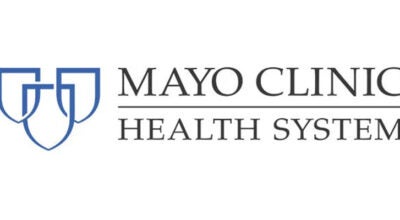Trump shouldn’t back away from fight against AIDS
Published 7:47 am Monday, January 8, 2018
Star Tribune
Distributed by Tribune Content Agency, LLC.
President Donald Trump regrettably resorted to his famous “You’re fired” catch phrase over the holidays with the 16 remaining members of a presidential panel on AIDS. The move ought to be followed swiftly by finding qualified replacements and saying, “You’re hired.”
The Presidential Advisory Council on HIV/AIDS, which was launched in 1995, has played an important role in bringing this still-frightening disease under better control. But with about 38,000 new HIV infections diagnosed each year in the U.S., and more than 1.1 million Americans HIV positive, the fight is far from over. There remains a critical need for a council composed of experts and patient advocates to guide administration officials on public health policy. But the dismissals, along with a key vacancy in the national AIDS policy office, have created questions about the council’s future.
Rejuvenating it with new experts and then setting ambitious goals would not only serve public health, but would reflect well on Trump. It would signal that the president is serious about fighting this scourge and would fulfill a campaign promise to staff his administration with the “best people.” Praise for the White House would be loud and widespread.
Such an effort would also build upon the stellar efforts of another Republican president — George W. Bush. His administration launched PEPFAR — the President’s Emergency Plan for AIDS Relief. Its aim: bringing relief to the countries hardest hit by the disease.
In the past 15 years, PEPFAR has delivered on its ambitious goals. Since 2003, it has tested nearly 86 million people for the infection and prevented 2.2 million babies from getting HIV from their birth mothers. The program has also helped 13.3 million people get lifesaving antiretroviral drugs. In addition, it has provided care and support to more than 6 million children left orphaned or vulnerable by the disease.
The program is rightly viewed as a landmark humanitarian effort that embodies the best of America, which is why it continued under former President Barack Obama and still enjoys bipartisan support in Congress. The Obama administration contributed to this momentum by developing the first national AIDS strategy. This practical policy framework called for reducing new HIV infections, increasing access to care, addressing health disparities and “optimizing” health outcomes.
Still, Obama missed an opportunity to rally a nation to eradicate this disease. Trump could generate considerable goodwill by going well beyond what Obama did — by calling to end the disease in the president’s lifetime. Using his bully pulpit would highlight the progress that’s been made — the annual worldwide death toll has dropped 10 percent from 2005 to 2016 — and galvanize both private- and public-sector research.
It is unclear why Trump terminated the 16 members remaining on the council after a wave of protest resignations last summer over Republican health reform efforts. To be fair, Obama also appointed a fresh slate, though not in the communications vacuum that accompanied the Trump terminations. “The HIV community really has no idea what is going on,” said Matt Toburen, the public policy director for the Minnesota AIDS Project. “It definitely raises a lot of concerns and red flags for us.”
The advisory council, which can have up to 25 members, isn’t simply an academic exercise that meets to satisfy a vocal constituency. Its existence puts a powerful spotlight on a continuing epidemic. Its members ensure that the president gets cutting-edge information — the foundation of good policy decisions.
Appointing new members is a must. Trump shouldn’t back away from the fight against a still-deadly disease.


